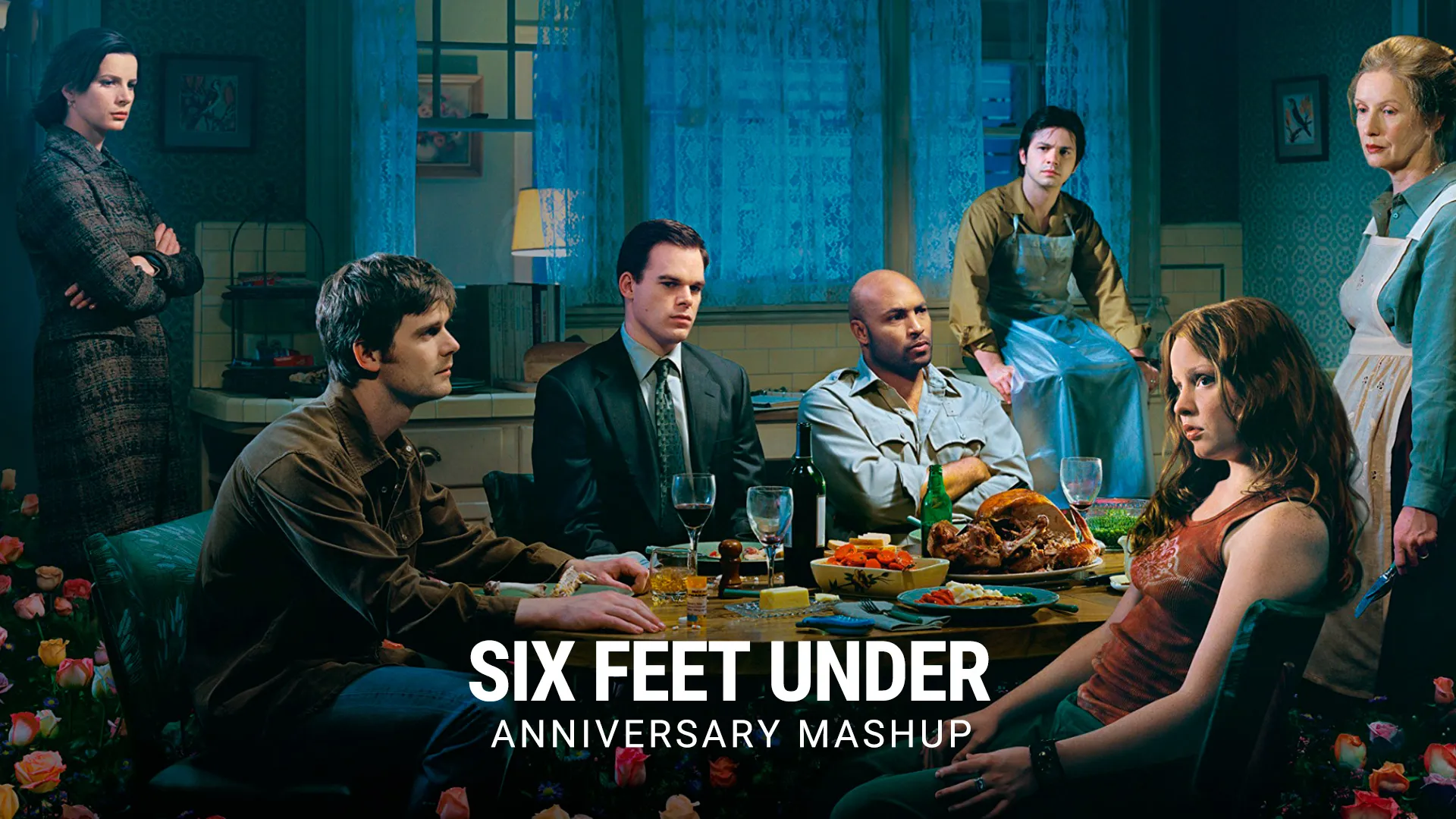“Popeye the Sailor Man”: A Timeless Icon of Strength and Humor
Few animated characters have stood the test of time like Popeye the Sailor Man. First introduced in the daily comic strip Thimble Theatre by Elzie Crisler Segar in 1929, Popeye quickly became the breakout star and went on to become one of the most beloved and enduring figures in American pop culture. With his squinty eye, muscular forearms, corncob pipe, and ever-present can of spinach, Popeye became a symbol of perseverance, quirky heroism, and unrelenting strength.
Popeye’s rise to fame was swift. After his comic debut, he was adapted into animated short films by Fleischer Studios in the 1930s, where his gravelly voice, comedic timing, and underdog charm won over audiences. These cartoons were notable for their innovation and humor, and they helped establish the formula that would define Popeye’s adventures for decades: he would typically face off against a larger adversary (usually the brutish Bluto), compete for the affection of the lanky and kind-hearted Olive Oyl, and ultimately triumph—often with the help of his trusty spinach.

The use of spinach as a source of Popeye’s super strength became one of the character’s most iconic traits. In fact, the association between spinach and strength was so powerful that it led to increased spinach consumption among children, making the character an unlikely ambassador for healthy eating. The message was clear and simple: when Popeye eats spinach, he gains the strength to overcome any obstacle, no matter how impossible it seems.
Throughout the 20th century, Popeye remained a staple of both print and screen. The character transitioned into color cartoons, television specials, merchandise, and even video games. In 1980, Popeye made his big-screen live-action debut in a musical film directed by Robert Altman, starring Robin Williams as the sailor. Though the film received mixed reviews, it cemented Popeye’s status as a cross-generational character.
What makes Popeye so enduring is his unique blend of qualities. He is rough around the edges yet deeply moral. Despite his gruff speech and odd appearance, Popeye is compassionate, loyal, and unshakably courageous. He fights for what’s right, protects the vulnerable, and never backs down from a challenge. His relationships with supporting characters like Olive Oyl, Bluto, Swee’Pea, and Wimpy provide both humor and heart to his stories.
Popeye also reflects the working-class hero archetype. He isn’t a billionaire or a god—he’s a humble sailor who relies on wit, willpower, and spinach to save the day. This relatability helped him connect with audiences through the Great Depression, World War II, and beyond. His appeal lies in the idea that strength doesn’t come from wealth or power, but from courage and character.
Today, Popeye remains a symbol of perseverance and good-hearted toughness. He has influenced generations of animators, writers, and fans. Though animation styles and storytelling trends have changed, Popeye’s core message—be strong, be kind, and never give up—continues to resonate with audiences of all ages.


